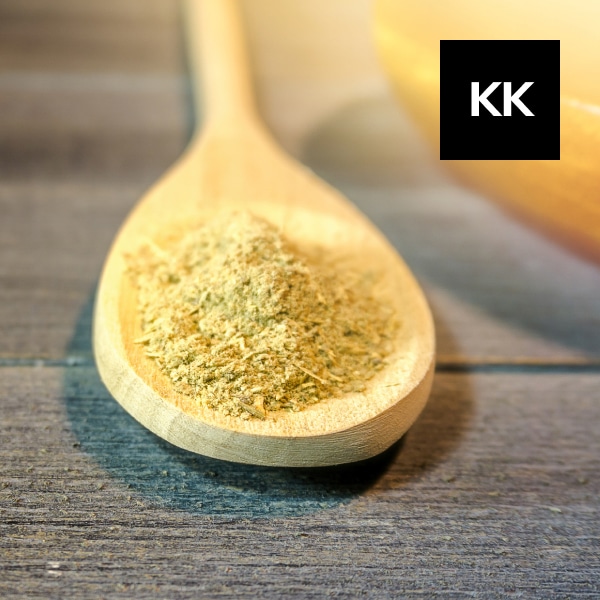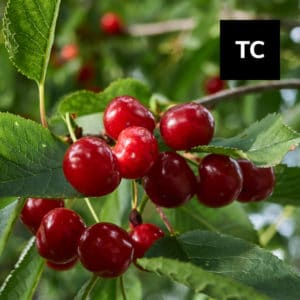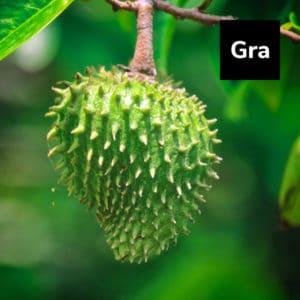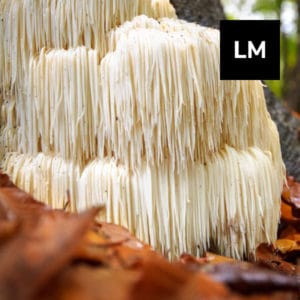Overview
Kava Kava is an extract from the plant that comes from the western Pacific Islands of Piper methysticum. The Polynesian term “awa” comes to its name, which meaning bitter. It is used for relaxation in ceremonies and is popular as a social beverage. Some clinical studies indicate that it is helpful in treating a number of health issues, including anxiety and insomnia, but more research is needed to verify other numerous health claims.
Key Benefits
- Promotes relaxation and restful sleep
- Reduces stress and anxiety
- Provides antioxidant support
History of Usage
Kava, also known as kava kava, ‘Awa, or ‘awa, is a perennial shrub that is a member of the Piperaceae family.
The consumption of traditional forms of kava has a long history, especially in some major kava-producing regions like Vanuatu, Fiji, Tonga, and Samoa. It is considered sacred in Pacific cultures and is served during significant events, such as the welcoming of guests, celebrating childbirth, during marriages, and at funerals. In recent history, traditional kava use in these cultures has evolved to include it as part of a meal.
Kava induces physiological and psychological relaxation. It is traditionally made from the plant’s root, however other locations utilize peelings or stems. The dried root is powdered and combined with water or coconut milk, then filtered through a cloth into a suspension.
Traditional kava consumption is considered safe in these regions, consistent with the World Health Organization’s (WHO) 2016 report recommendation.
Along with its traditional uses, kava has been utilized as a herbal remedy for anxiety, with kavalactones identified as the active constituent. Numerous clinical research demonstrated that kava was effective at doses ranging from 20–300 mg kavalactones daily, notably for mild and moderate anxiety.
Concerns over kava’s safety have been raised. Kava consumption has been linked to liver damage and even death in rare cases. Kava was taken from the market in Europe and Canada in the early 2000s as a result of these findings. However, the majority of countries have permitted kava’s reintroduction to the market. Although the restriction was lifted in 2014, additional clinical data are needed before the drug can be reintroduced as a therapeutic anxiolytic. In the United States, kava has never been taken off the market.
Kava is traditionally consumed as a beverage, as an anxiolytic agent, or as a dietary supplement, or, more recently, as a recreational drink provided in kava bars.
Biochemistry
The active chemical components of kava are kavalactones and flavokavains. The majority of kava biological research has focused on the six principal kavalactones, which account for up to 20% – 50% of the dry weight of the kava root and 96% of organic/lipid extracts. Given the significance of kavalactones, it’s not unexpected that their relative concentrations have a considerable role in defining kava quality. Despite the fact that flavokavains A, B, and C are generated by metabolic mechanisms similar to kavalactones, they are minor components.
Recent Trends
Preparations of kava extract were historically used to treat anxiety in Europe. Kava is sold in the United States as a nutritional supplement and gains in Europe appeal as a recreational drink.
In the United States, kava has been marketed as a dietary supplement for several decades to relieve stress, improve sleep and memory, and regulate mood. Some kava dietary supplements are made in the form of capsules from the ethanolic extract. As a dietary supplement, kava alcohol tinctures are also available. Given the potential hepatic interactions between kava and ethanol, this is a dubious practice. Capsules directly filled with kava powder and marketed as dietary supplements have been used in some products.
Kava root extract can be used to make non-alcoholic beverages such as kava tea in the food and beverage industry. In cosmetics as a skin conditioner in lotions, hair dyes, moisturizers, shampoos and other products, Kava root extract is utilized.
During the forecast period, the organic kava root extract segment is expected to be driven by raising awareness of the use of organic products in daily consumption. Its use in medicines and cosmetics is also predicted to boost the kava root extract market in the near future. The global Kava Root Extract market was worth USD million in 2020 and is predicted to grow at a CAGR of % between 2022 and 2027.
Precautions
- Pregnant and breastfeeding women should not use kava.
- Do not take kava if you have a history of liver problems or Parkinson’s disease.
- Since kava has an effect on the central nervous system, it is recommended that users discontinue use at least two weeks before to scheduled surgery.
- People with respiratory issues, such as asthma, should not take kava.
- Kava interacts with many drugs. Please consult a pharmacist or physician before using kava if you are on a pharmaceutical drug.
- Some side effects associated with taking a kava supplement may include the following: nausea, drowsiness, agitation, depression, anxiety, diarrhea, and upset stomach. These symptoms may subside after stopping use. Abrupt cessation of use may cause some of these side effects to intensify.
References
- Sarris J, Stough C, Bousman CA, Wahid ZT, Murray G, Teschke R, Savage KM, Dowell A, Ng C, Schweitzer I. Kava in the treatment of generalized anxiety disorder: a double-blind, randomized, placebo-controlled study. J Clin Psychopharmacol. 2013 Oct;33(5):643-8. doi: 10.1097/JCP.0b013e318291be67. PMID: 23635869.
- Savage KM, Stough CK, Byrne GJ, Scholey A, Bousman C, Murphy J, Macdonald P, Suo C, Hughes M, Thomas S, Teschke R, Xing C, Sarris J. Kava for the treatment of generalised anxiety disorder (K-GAD): study protocol for a randomised controlled trial. Trials. 2015 Nov 2;16:493. doi: 10.1186/s13063-015-0986-5. PMID: 26527536; PMCID: PMC4630875.
- WHO . Kava: A Review of the Safety of Traditional and Recreational Beverage Consumption. Volume 1. Food and Agriculture Organization of the United Nation; Rome, Italy: 2016. pp. 1–35.




